A classroom management plan is essential for me to keep students engaged and create a structured learning environment. It helps set clear expectations so that teaching and learning run smoothly.
I rely on school management software to share these plans with students and parents online. It also makes it easier to manage schedules, communication, and administration in one place.
With automation, I save time and reduce errors in daily tasks. Try a free demo of HashMicro’s School Management Software today and see how it can support your school.

Key Takeaways
|
What is a Classroom Management Plan?
The term “classroom management plan” refers to the guidelines I use to help students stay responsible for their actions. It includes the skills and strategies I apply to keep them engaged, orderly, and productive throughout each lesson. I also use it to outline how my classroom should function during exams or even in unexpected situations like emergencies.
Knowing that some students are still learning online, uploading the plans to the tuition center portal is an effective way of distributing it. HashMicro’s school management software offers you the most comprehensive features of management software that will assist you in managing the tuition center portal. The system will automate the management aspects. With HashMicro’s software, you can create a better classroom management plan with the consideration of various aspects gained from the system’s report.
Also read: 5 Ways to Increase School Management Efficiently
Classroom Management Plan Benefits
Having a classroom management plan benefits me by helping set clear guidelines in the classroom. I make sure students know in advance what kind of behavior is expected from them. By following my own plan, I also have rules to guide me when students act inappropriately, so I can handle situations quickly, fairly, and get back to regular class activities without delay.
Effective classroom management techniques allow teachers to maximize the behaviors that support or promote learning while minimizing the behaviors that hinder learning for students. It also will benefit how teachers and students spend time in the classroom. Students will also be consistent with their behavior as they carry the expectations. Overall, having these plans is beneficial for both students and teachers in matters of learning.
Classroom Management Plan Aspects

Management plan aspects may differ depending on the tuition management system, my teaching style, or even the unique needs of my students. However, I always consider these common aspects when creating a classroom management plan:
Rules of the classroom
Teachers can make rules to guide the students on what they are allowed and not allowed to do. Students must follow these guidelines every time. Try to limit the number of guidelines in this plan so that it is easier for the students to understand.
Class procedures
Procedures are the routines that students have to follow at certain times. For instance, you can set a procedure to enter the classroom every morning, like putting away their stuff before they take a seat. You may also include emergency procedures such as what to do when the fire alarm breaks.
Student tasks
Applying student tasks is one great way to teach responsibility. You may task students with simple chores such as tidying up books and chairs after using it. To improve communication and relationships between students, you could ask an existing student to convey the chores to the incoming student when switching tasks.
Classroom Management Plan Strategy
As a teacher, I always have to look for the most effective classroom management strategy. The strategies may vary depending on my students’ needs, but here are some that I can apply in class:
Early plan introduction
Introducing the plan on the first day of class is important to let students know and understand sooner regarding the expected actions. Additionally, it prevents negative habits and inconsistent discipline. Instead of making changes after you implement the management plan, it is preferable if your punishments and rewards remain constant throughout the year.
Consider every situation
Teachers may decide how the classroom should run and establish some guidelines. But, teachers should also consider every possible situation that may occur. The more situations you take into account during the preparation process, the better equipped you may be all year.
Make useful visuals
Making visuals might aid in reminding students of classroom rules and procedures. You could create a poster outlining the rules and consequences for the classroom and display it in front of the students. This not only indicates to them that you are not randomly applying penalties but also enables kids to learn appropriate behavior.
Give out rewards

Aside from penalties, a smart strategy to encourage the kind of behavior teachers want from the students is to give them rewards when they behave in a way that is in line with the management plan. Rewards can be as basic as stamps or extra recess time. These rewards will motivate students to behave correctly.
Get the parents involved
Sending parents a copy of the classroom management plan is another crucial step in involving them in the strategy. Additionally, you can get in touch with a student’s parents if they consistently misbehave. When discussing any difficulties, it helps to have a set of rules for behavior that parents have been aware of.
Elements of a Classroom Management Plan
A classroom management plan is built on essential elements that shape a positive and effective learning environment. From time management to accountability, each part plays a role in keeping students engaged and helping me teach with more clarity and consistency.
- Efficient use of time and space: I make sure that class time is used wisely and the physical layout of the room supports learning. This helps me reduce distractions and create smoother transitions between activities.
- Student empowerment: Instead of simply controlling behavior, I guide students to make better choices. This allows them to take ownership of their actions and become more responsible learners.
- Instructional strategies: I apply teaching methods that keep students engaged and focused. By adjusting my strategies, I can ensure lessons are interactive and effective.
- Accountability: I set clear expectations and rules, then consistently reinforce them. This keeps students aware of what’s expected and helps maintain order.
- Environment: I create a welcoming classroom space that encourages focus and collaboration. Even small touches like desk placement or decorations can reinforce the right culture.
- People: I model positive behaviors that I want students to follow. At the same time, I encourage peer accountability so they learn from one another.
- Time: I know that strong classroom management takes time and patience. By giving reminders and reinforcement, I build long-term habits for success.
Step to Start Classroom Management Plan
To start my classroom management plan, I always begin with the basics. By following these guidelines, I can create a stronger plan that supports both my teaching and my students’ learning. Now, let’s look at the steps.
1. Set an expectation
It is required to have a set of rules so that students know what kind of conduct is appropriate during the class. Do involve students in management plan-making since their ability to analyze regulations will improve if they are given the freedom to control their environment.
2. Consider existing rules
In the tuition center, there are rules that already exist. Teachers may use these rules as a base to build new rules regarding the classroom. By taking into account existing rules, it is ensured that the management plan does not violate any of them.
3. Create clear boundaries
Creating boundaries is essential to define what is permitted and what is not in the classroom. For example, teachers will have to stay quiet until the students finish talking. Without clear boundaries, teachers would become overwhelmed due to stress and burnout.
4. Reinforce verbally and non-verbally
Use verbal and nonverbal reinforcement to praise students when they behave well to promote such actions. But you also need to remember that in order to keep motivation and interest high, you must alternate the reinforcement.
5. Know your students
Understanding the students can aid in controlling or preventing behavioral issues. Regardless of their ages, students may have personal issues. When you understand them better, students will see you as someone who is reliable as well as relatable.
6. Choose the penalties
A set of penalties for kids who exhibit troublesome behaviors will be necessary. Using constructive techniques to raise students’ competency is the most effective way to encourage long-term behavioral change.
7. Promote positive behavior by teaching

Students often misbehave because they are bored. Teachers should consider implementing more engaging ways of learning such as mini-games, class projects, and more. This will make class less boring and teachers can discover effective ways of teaching.
Also read: The Importance of Management in School
Conclusion
For me as a teacher, having a classroom management plan is very important. I use it to ensure students behave well, stay engaged in their studies, and remain productive during class. It also guides both my students and me on what to do in the classroom, making teaching and learning more effective and conducive.
Teachers can also upload the classroom management plan into the tuition center portal so it is accessible online. To assist in managing the portal, you can implement the best school management software. With the software, you can update plans when necessary as well as take advantage of its features such as automated scheduling, student attendance, and online admission. Consider implementing school management software for the best experience. Get a free demo now!

FAQ About Classroom Management Plan
-
What are the five P’s in classroom management?
The five P’s in classroom management are Prompt, Prepared, Productive, Polite, and Positive, which serve as guiding principles for maintaining an orderly and effective learning environment.
-
What are the main styles of classroom management?
There are four key classroom management styles: authoritative, authoritarian, permissive, and laissez-faire. Each style represents a different way of guiding student behavior and shaping classroom dynamics.
-
Why is a classroom management plan important for teachers?
A classroom management plan helps teachers set clear rules, expectations, and routines for student activities. By enforcing consistent procedures, teachers create structure, reduce disruptions, and foster a smoother learning process for both themselves and their students.













